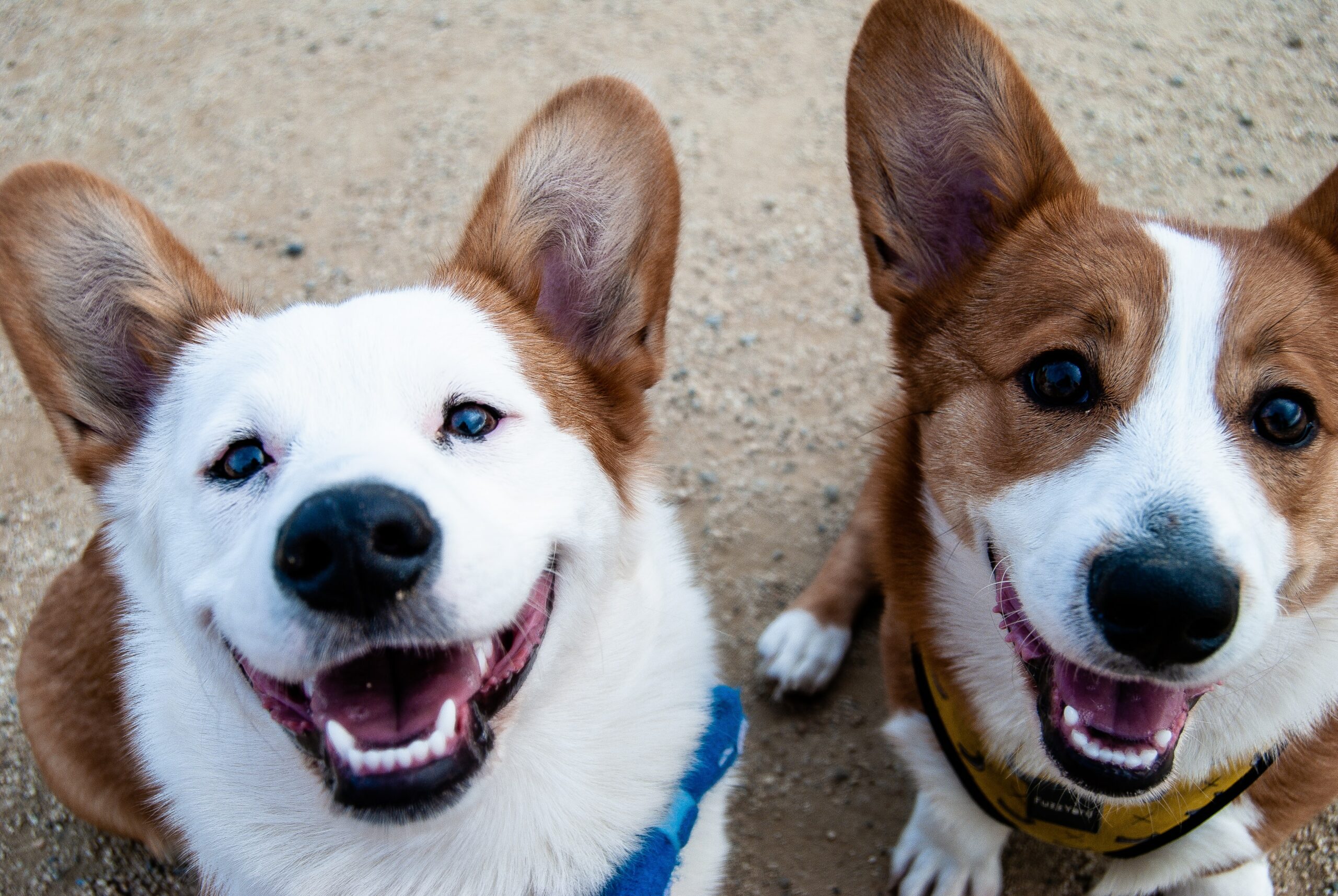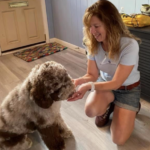Pets and Their People Blog
Dogs, Dogs, Dogs! We Love Them!
So, how do we help dogs navigate our human world?
When I go to see a client, I begin each session speaking about what it was like for me going to the zoo as a child. The lion, the gorilla, all the inhabitants lived in cages. As a result, they often displayed abnormal repetitive behaviors known as zoochosis, a form of psychosis that develops in animals held captive in zoos. These behaviors included pacing, bar biting, excessive licking just to name a few.
I then move the conversation onto the happy fact that here in America, in a certified zoo, it is now the law that where and how the animal lives must be as close to the animal’s natural habitat as possible.
Today in the zoo, the gorillas get to forage for their food which is tossed out by a large, inverted Kong looking thing. This is done in different areas of their forest at different times of the day. How lovely!
What Is Natural for Our Dogs?
From here, during my client sessions, I move on to speak about the circus. And I ask, why, if we have tried hard to shut down the circus and we have tried hard to make things more like their natural habitats for our zoo animals, why don’t we ask ourselves what is natural for our dogs? What should we be doing for them to make life with us better?

We discuss this issue for a bit. Mostly, humans don’t ask because they never think about it. If they do, they think that living with their humans is what IS natural for dogs. However, there are just under a billion dogs in the world; only 17 percent of these dogs live with humans! This statistic is surprising for many humans.
In the book Being a Dog: Following the Dog into a World of Smell, Alexandra Horowitz, a psychologist at Barnard College, talks about the joy a dog gets from using his nose. Dogs who worked on scent-based challenges were more optimistic when compared to dogs who instead engaged in challenges of physical coordination. This ‘cognitive bias’ test, where she presented two groups of dogs bowls which might contain food, showed readers that dogs who had spent the time using their noses had a better mental state. They were more optimistic.
Most dogs love to search and find things with their noses. In Kim Brophy’s fabulous book Meet Your Dog, we learn about genetics and that what a dog was bred to do will certainly influence his specific needs and comfort levels.
Looking for the Reasons
Humans have been taught so many things over the ages, such as to let a dog “cry it out” in their crate. Don’t we think that they are crying for a reason? Shouldn’t we find out what it is and reassure them that all is well? Make a dog walk out a door after us, so they know that we are in charge? How silly that seems! If your friend goes through the door before you, is she in charge?
Humans have been taught not to anthropomorphize (attribute human characteristics or behavior). But why not? Why shouldn’t we relate to our dogs’ feelings? I believe that we should try hard to understand what they may be feeling and provide suitable outlets so that they can feel accomplished and good about life.
Letting Dogs Be Dogs
At the Pet Professional Guild, our mission is to make every pet a cherished family member and to improve the relationship and quality of life people share with their pets.
We can only do this by letting dogs be dogs. We must embrace who they are rather than focus on who or what they are not. Dogs are smart, emotional beings, with needs that we should strive to meet:
- Many dogs feel much better about their world if they can simply search for their food, perhaps dig in the yard… (Tip: Give them a special spot or a pool filled with toys and treats which can be satisfying, while saving your garden.)
- Reassure dogs when they are nervous. Show them that you have their back if they aren’t comfortable with an approaching stranger. Let it be their choice to approach or not. Give them the ability to have that choice.
- Provide them with some toys to shred (as long as they don’t eat them).
- Thank them for sounding the alert when a package has arrived!
- Talk to them. Tell them what’s happening next. Just like us, they would like to know.
- Let them be who they were meant to be.
Enjoy and celebrate your dogs for who they are!
About the Author


